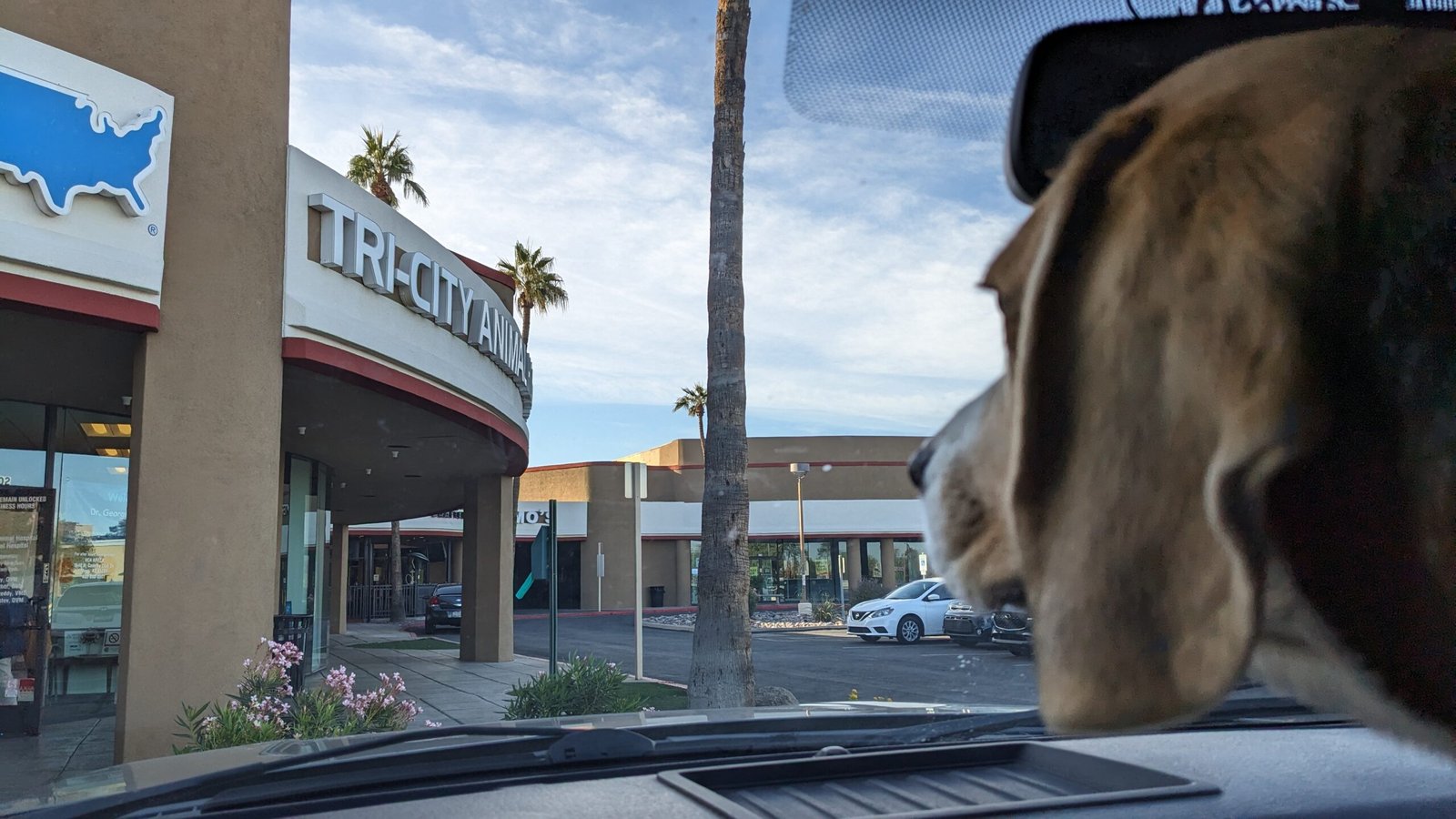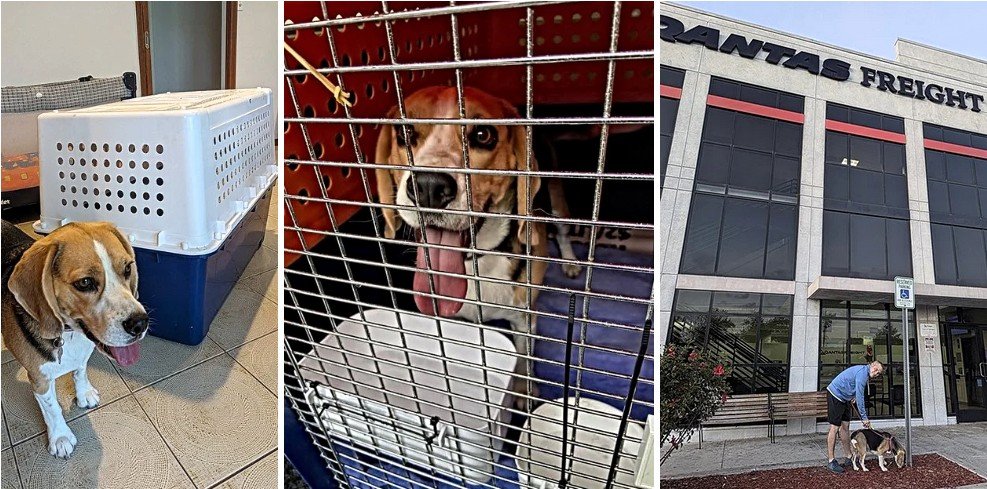The countdown to Sniffy’s long journey back to Australia hit a critical milestone this week: his final health check. On November 19, we visited VCA Tempe in Phoenix for a 9 AM appointment to complete all remaining requirements. This visit was essential to meeting the Australian government’s strict biosecurity regulations for pet imports, ensuring Sniffy was ready for his November 24 flight from Los Angeles (LAX) to Sydney.
Australian Government Requirements for Pet Import
Australia has one of the strictest biosecurity policies in the world. The process for importing a dog includes multiple steps, overseen by the Australian Department of Agriculture, Fisheries and Forestry (DAFF). Key requirements include:
- Rabies Vaccination and Rabies Titer Test: Dogs must be vaccinated for rabies and have a passing titer test result no less than 180 days before import but within 12 months.
- General Vaccinations: Dogs must have current vaccinations for distemper, hepatitis, parvovirus, and leptospirosis.
- Parasite Treatments: Dogs require two rounds of internal and external parasite treatments at least 14 days apart, with the final treatment administered within five days of departure.
- Health Certificate: An accredited veterinarian must complete a detailed health certificate within five days of the flight, confirming the dog is free from infectious diseases and internal and external parasites.
- USDA Endorsement: The health certificate must be endorsed by the United States Department of Agriculture (USDA). Importantly, the second page of the Australian import permit does not require a USDA signature, contrary to prior advice. Additionally, not every page of the health certificate needs a USDA signature; Australian quarantine officers (AQIS) can access the signed health certificate through their web portal.
For full details, refer to the Australian Government Pet Import Checklist.
Final Health Check at VCA Tempe
At the appointment, Sniffy received his second course of internal parasite treatment as required. Administering the two bone-shaped tablets was no easy task—Sniffy is notoriously picky about medicine. Thankfully, a generous dollop of Jif peanut butter helped coax him into swallowing the pills.
Afterward, the vet conducted a full health assessment, ensuring Sniffy met all the criteria outlined in the Australian pet import regulations. By late morning, the vet submitted the completed health certificate and supporting documents to the USDA for endorsement.
The USDA Endorsement Process
The USDA plays a crucial role in verifying that all export documents meet Australian standards. The paperwork includes:
- A completed veterinary health certificate
- Documentation of all required vaccinations and treatments
- Evidence of the rabies titer test
In the past, it was believed that the second page of the Australian import permit needed to be signed by the USDA. However, this is not required. Additionally, AQIS officers can now directly log into a web portal to access the USDA-signed health certificate, eliminating the need for USDA signatures on every page. These updates simplify the endorsement process and reduce delays.
Arrival in Los Angeles
That evening, we checked into a hotel near LAX, feeling a mix of relief and anticipation. The next day, on November 20, we received the USDA-endorsed health certificate. This critical document confirmed that Sniffy was officially cleared to enter Australia.
Ready for the Flight
With his health certificate in hand and all treatments completed, Sniffy is ready for his journey. He’ll travel in a PP60 crate, chosen for its lightweight design and stress-reducing features. We’ve taken every measure to ensure Sniffy’s comfort and safety during the flight, which includes a mandatory quarantine stay upon arrival in Melbourne.
Lessons for Pet Owners
Navigating Australia’s pet import requirements is a detailed process that requires significant preparation. Here are a few tips for fellow pet owners:
- Start planning early; some steps, like the rabies titer test, must be completed months in advance.
- Familiarize yourself with the DAFF Pet Import Guidelines.
- Choose a vet experienced in international pet exports to ensure all documents meet USDA and Australian requirements.
- Keep detailed records of vaccinations and treatments to avoid delays.
- Confirm updated AQIS requirements, such as the removal of USDA signatures on certain documents, to avoid unnecessary steps.
Safe Travels, Sniffy!
As Sniffy’s journey continues, we’re proud of how well he’s handled this process. From the peanut butter bribes to the paperwork marathon, this has been a true labor of love. We can’t wait to reunite with Sniffy in Australia and start a new chapter together.
For anyone considering a similar journey, know that while the process can be complex, it’s absolutely worth it for the joy of keeping your furry family member by your side.




